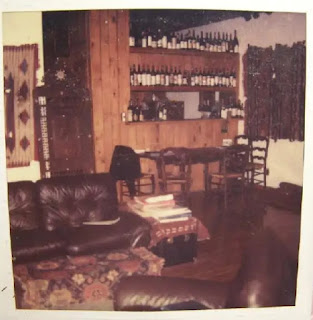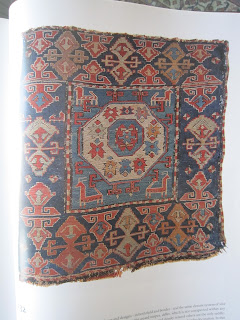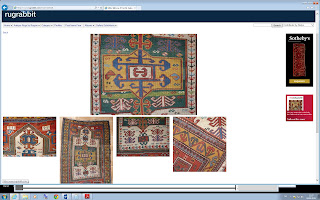The Cassin Collection at Auction (IV) The King of the Yellow Rug Group

According to his Anatolian kilim opus (p. 8), Cassin had found this gorgeous yellow ground rug fragment in 1981 when traveling on his own in Anatolia. He had left his German travel companion from Nuremberg in Istanbul as, according to Jack, the guy wasn't able to behave properly. The purpose of the trip was twofold: to find one or two collectibles in Turkey and "to do some first-hand research into early archetype rugs and kelim." As to the former, he only found one rug worth to take home (the above) but no kilim. Note that Jack always emphasized that the small collection of archetype kilims from Anatolia was already in his possession before he went to Turkey. At least seven of these kilims are currently at auction in Philadelphia (see my previous post ). The fragment is what he calls the "King of the yellow rug group". As far as we know, Cassin kept this rug for almost forty years and never even considered it for sale. I am quite sure that he did not s...




